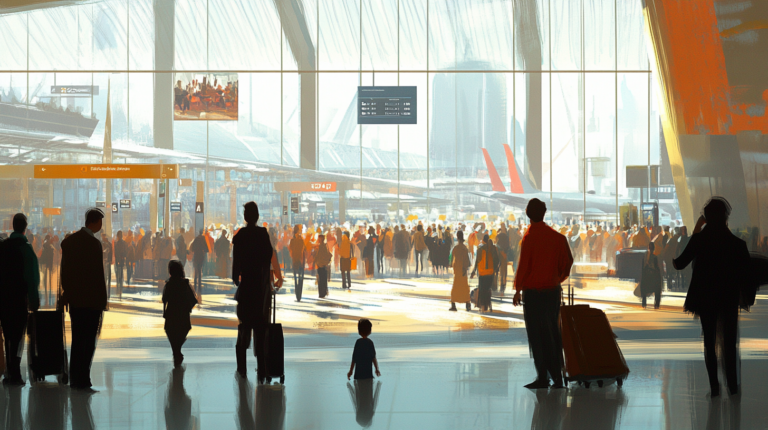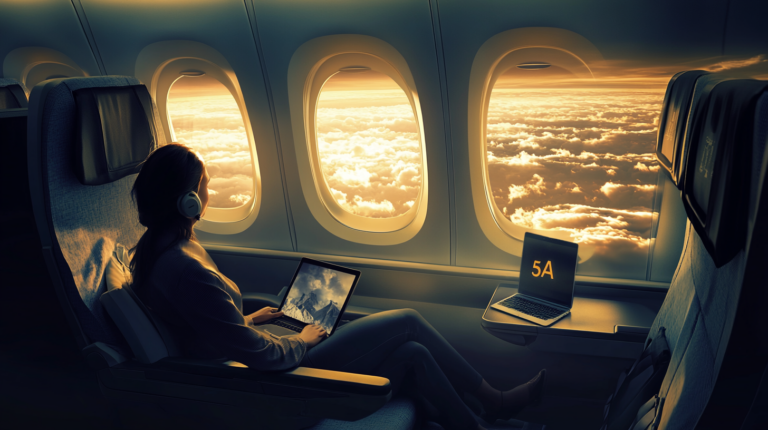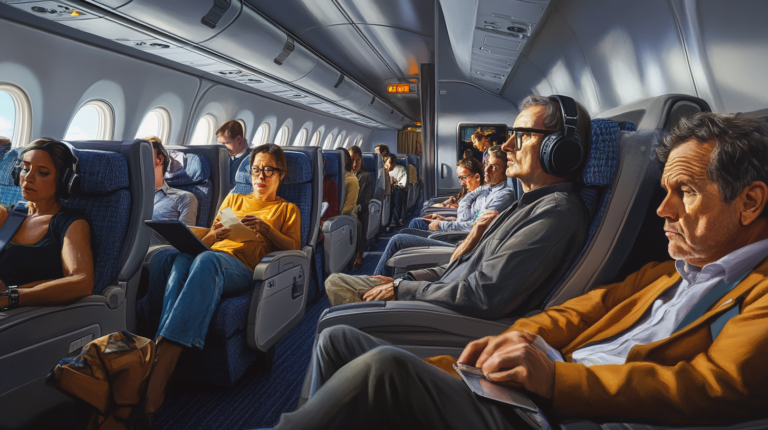Business Travel 2.0: 6 Trends for 2025

Frequent flyers are gearing up for a business travel renaissance. Studies indicate that corporate travel, which took a steep hit during the pandemic, is set to reach as high as $1.64 trillion by 2025, reaffirming the importance of face-to-face meetings even in a digitally driven world.
Trend #1: The Rise of AI and Automation

Artificial intelligence is taking center stage, with companies adopting ‘agentic AI’ solutions for streamlined bookings and itinerary management. Deloitte leaders note that these advanced technologies help businesses reduce friction and better track travel ROI. Amadeus Cytric offers biometric gateways for faster airport checks, while new VR/AR tools are enhancing training sessions and remote collaboration.
In my own travels, I’ve noticed how AI-driven chatbots can instantly compare flight prices and point me toward the best seat options, making it easier to secure that coveted window view. A recent study suggests travelers using AI-based booking platforms can save up to 20% on airfare costs, proving the perks extend beyond convenience.
I’ve also observed large corporations integrating automated expense-tracking software that scans receipts and applies cost policies without missing a beat. According to industry data, this streamlined approach can reduce administrative overhead by nearly 30%, freeing me (and countless others) to focus on meaningful interactions rather than sifting through receipts.
Trend #2: Bleisure Goes Mainstream

Millennials and Gen Z professionals are blurring the lines between business and leisure, turning work trips into opportunities for exploration and relaxation. Hybrid work models and supportive travel policies make extended stays more feasible, boosting employee engagement and flexibility.
From my perspective, it’s one of the most enjoyable shifts I’ve seen. On more than one occasion, I’ve tacked an extra day or two onto a business trip to stroll through local markets, sample regional cuisine, and soak in scenery that I’d normally have to rush past. It’s a welcome reminder that business travel can fuel both productivity and personal growth.
Moreover, a recent Global Business Travel Association report reveals that over 60% of younger professionals now actively seek out bleisure opportunities when planning corporate trips. Companies that adapt to this trend often see higher morale and a more positive travel culture, which, in turn, can enhance overall business outcomes.
Trend #3: Sustainable Travel Gains Ground

With decarbonization high on the agenda, companies are increasingly seeking out greener flights and rewarding eco-friendly hotel choices. Corporate Traveller and other providers offer carbon offsets and mindful itineraries, while sustainable aviation fuel (SAF) is gaining traction among leading airlines aiming to reduce emissions.
Personally, I’ve noticed a wave of new eco-conscious booking options that highlight flights using SAF or hotels cooled by solar power. I’ve found these choices especially appealing when I’m trying to align my travel footprint with a more sustainable outlook. A recent industry survey even notes that 45% of corporate travelers now prioritize sustainability ratings before finalizing their choices.
It’s not just flights—rental car agencies are rolling out more hybrid and electric vehicles, incentivized by corporate travel agreements that favor greener transportation. This shift shows how sustainability initiatives aren’t just buzzwords but are becoming tangible ways to measure corporate responsibility in an evolving travel landscape.
Trend #4: Shifts in Spending & Travel Volume
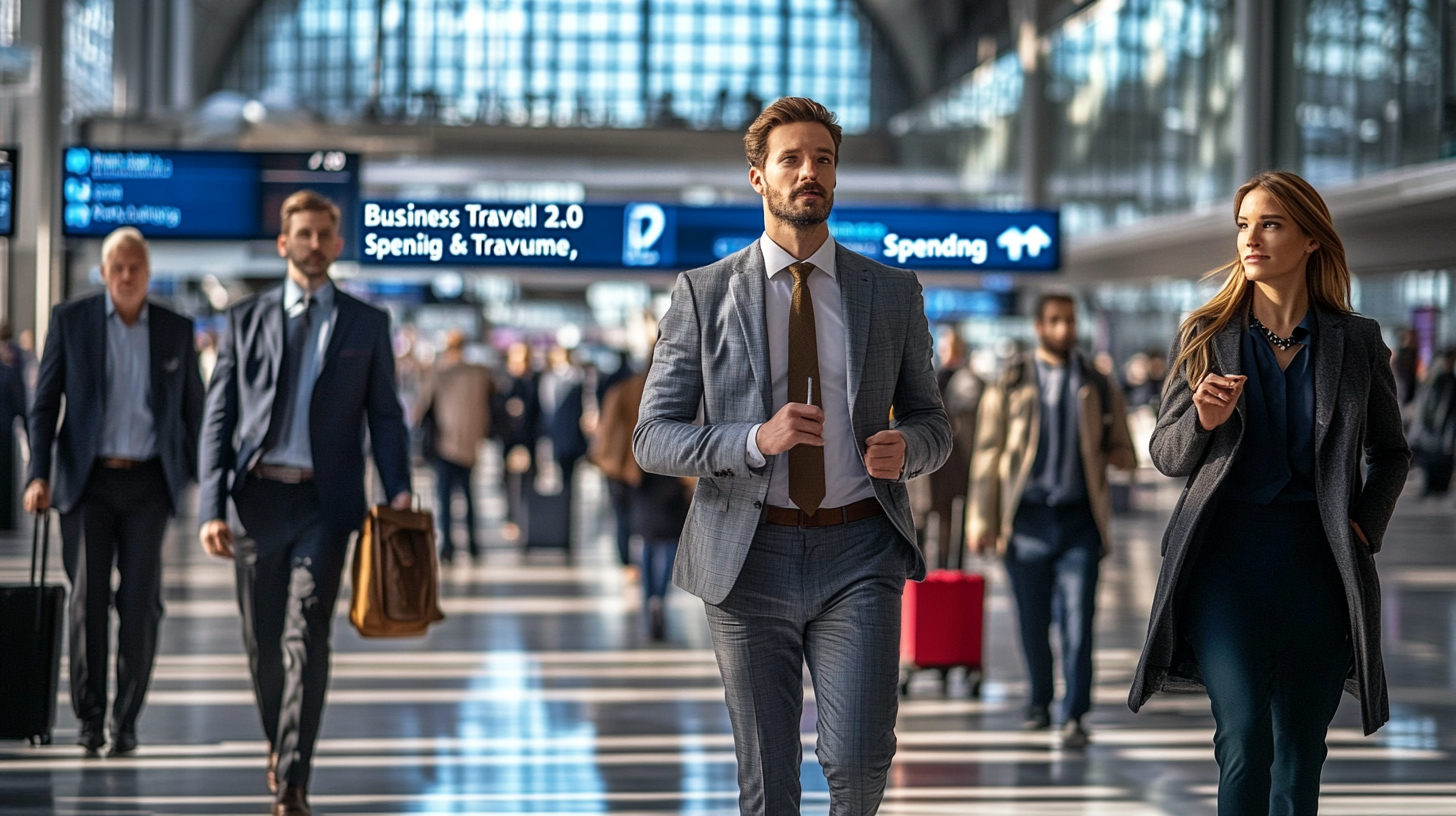
According to the Global Business Travel Association, nearly half of corporate travel buyers expect more trips by 2025, with spending climbing 10% to around $1.6 trillion. APAC and North America lead this charge, while some forecasts predict domestic trips will make up 70% of overall travel spending by 2030, fueled by “revenge travel” and pent-up demand.
I’ve witnessed this uptick firsthand, especially on flights within North America. Planes are getting busier, and hotels are booking up faster, mirroring the data suggesting a swift rebound. To navigate these crowded skies, I rely on automated seat alerts and fare trackers that can help secure better rates and seat selections before they vanish.
Another interesting development is the emphasis on cost optimization tools. Several companies now maintain dedicated dashboards tracking every travel expense in real time. Based on a recent corporate travel benchmarking report, organizations that adopt these monitoring tools can save 15% or more on yearly travel budgets, allowing them to fund more face-to-face interactions with clients and colleagues.
Trend #5: Wellness-Focused Travel
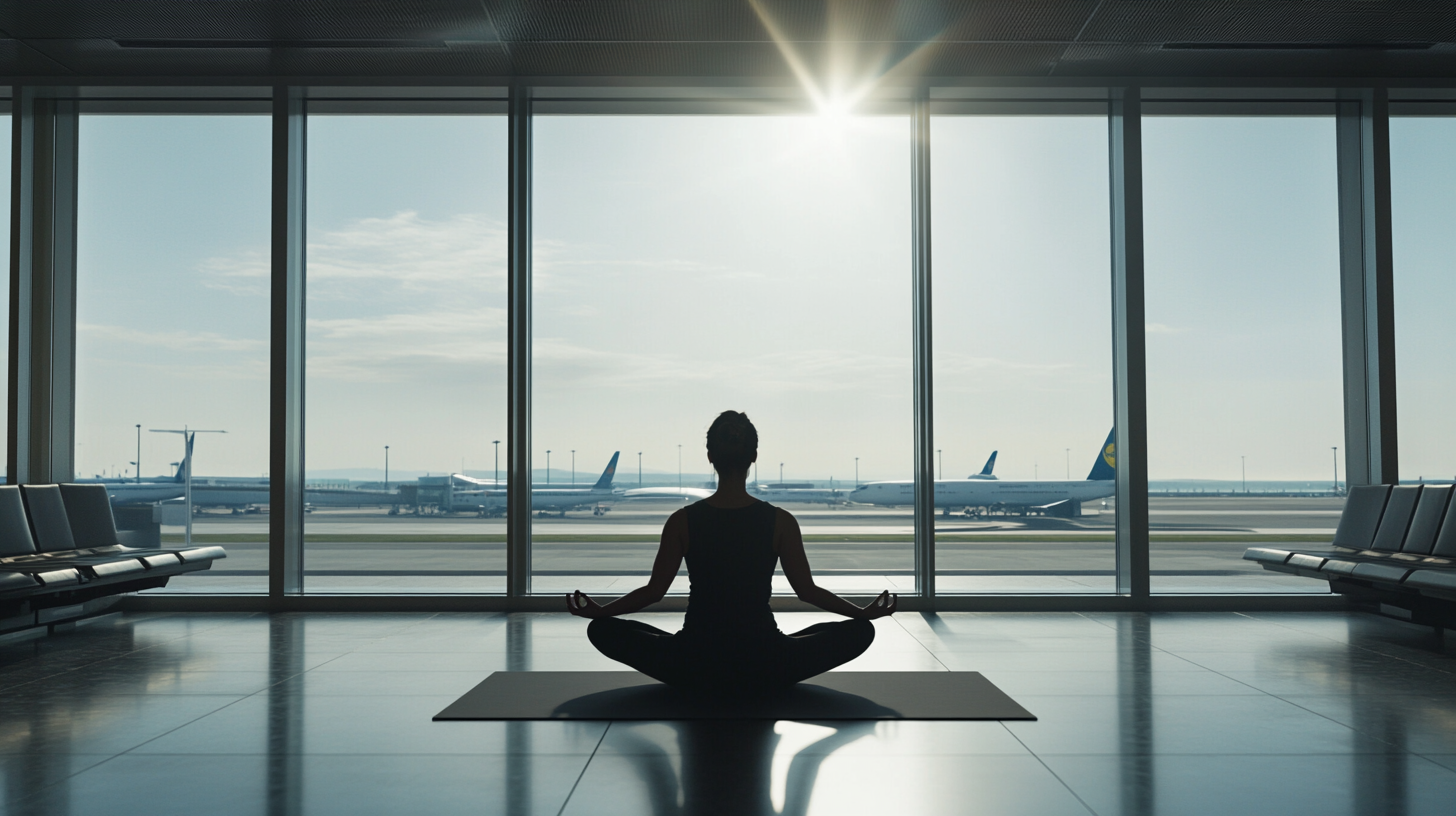
Companies are prioritizing wellness initiatives to help employees stay healthy and motivated on the road. From spa breaks and yoga retreats to mindful dining options, these perks address the stress of back-to-back flights and meetings. Trip planning apps are also incorporating mental health support and flexible scheduling to keep travelers balanced.
I’ve taken advantage of these wellness perks myself, opting for nutrition-conscious meal plans and pre-flight meditation apps. There’s something rejuvenating about stepping off a plane and knowing you’ve already allocated time for self-care, whether that’s a quick yoga session at the hotel or an afternoon to decompress before the next big conference.
Industry data supports the idea that travelers who engage in wellness programs are more productive and have fewer sick days. By steadily weaving wellness into corporate policies, companies encourage employees to see business travel not as an exhausting chore but as a comprehensive experience that can boost both performance and personal well-being.
Trend #6: Reimagined Meeting Spaces

While digital collaboration tools are here to stay, in-person gatherings remain critical for networking and team building. Automated meeting platforms, VR breakout rooms, and adaptable hybrid setups reflect the industry’s push toward flexible, tech-driven environments. As Deloitte’s consulting principals emphasize, striking a balance between remote innovation and personal contact is vital for modern businesses.
I’ve found hybrid events fascinating—there’s something surreal about connecting with people both physically in a room and virtually through immersive VR tools. Attendees can use VR headsets to network seamlessly with global colleagues, while still enjoying the tangible energy of a traditional conference. The depth of these new meeting spaces continues to evolve, often delivering more value than a standard video call ever could.
From my vantage point, flexibility is the name of the game. Companies that invest in multi-modal conferencing solutions can quickly pivot between physical gatherings and remote sessions, ensuring no one misses out. A recent conference I attended offered a “best-of-both-worlds” approach: speakers live on stage alongside real-time VR presentations for global remote attendees, highlighting how far we’ve come.
Final Thoughts
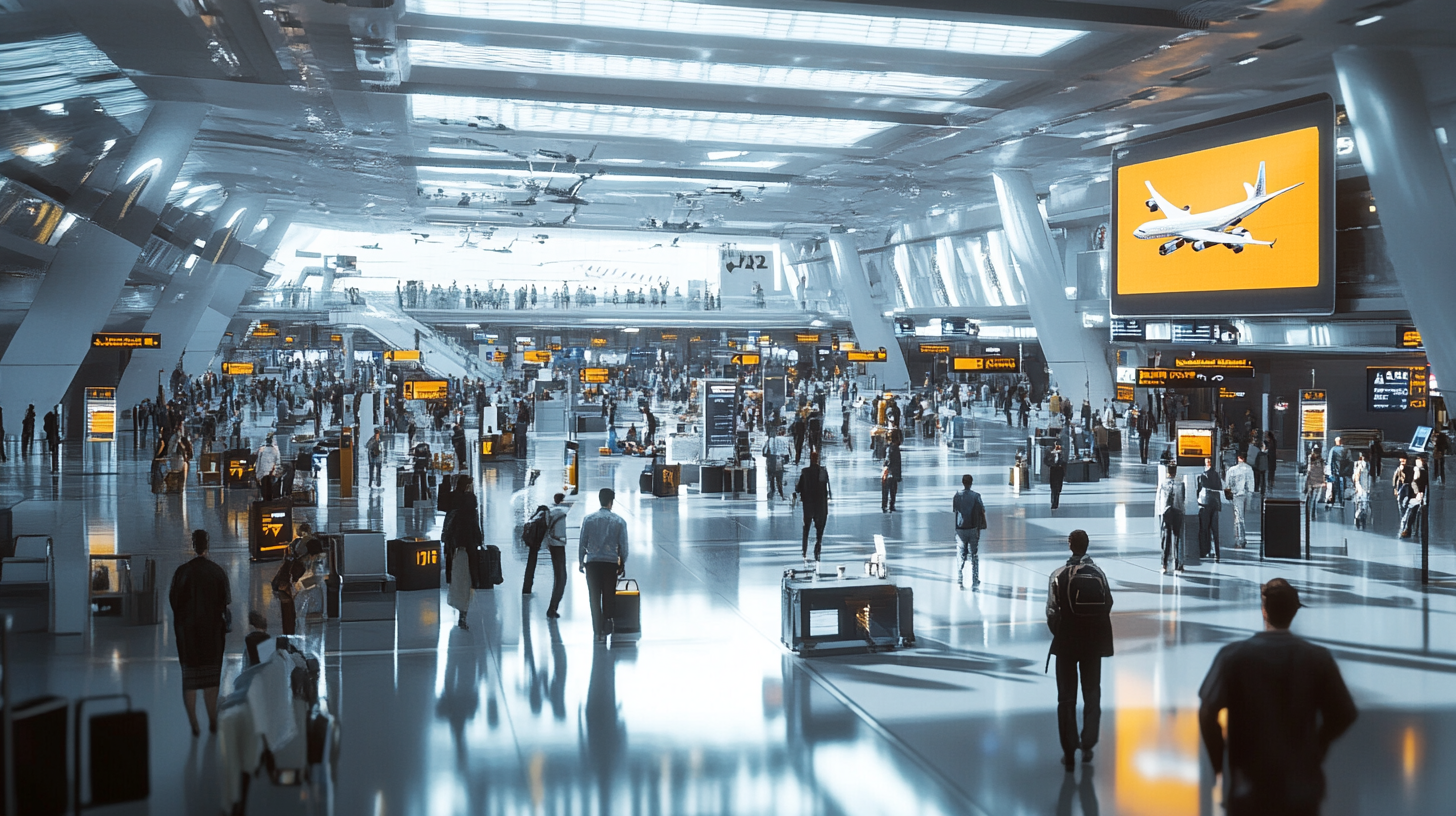
Business travel is transforming right before our eyes. Technology isn’t just streamlining itineraries—it’s also shaping how we connect, collaborate, and care for ourselves on the road. Meanwhile, travelers are demanding more than ever from their experiences: opportunities to mix work and play, minimize environmental impact, and preserve their well-being.
It all comes together to paint a bright future for corporate travel, where convenience and sustainability go hand in hand. As companies continue to invest in AI, greener options, and wellness initiatives, we can expect even more seamless and fulfilling trips. The era of strictly transactional business travel is fading fast, replaced by a holistic approach that benefits everyone involved.
Ryder’s Take
From my seat, the view is clear: business travel doesn’t have to be a grind. With more ways to stay comfortable, energized, and eco-conscious, every journey can become a chance to grow—both professionally and personally. Taking the time to pick the right seat, whether for legroom or laptop space, is just one small but mighty step toward a better travel experience.
When I compare the data from a few years back to what we have now, the leap forward is remarkable. It’s a sign that business travel isn’t just reviving, it’s reinventing itself—one flight at a time.
For more professional insights and seat strategies, check out Seat5A.


